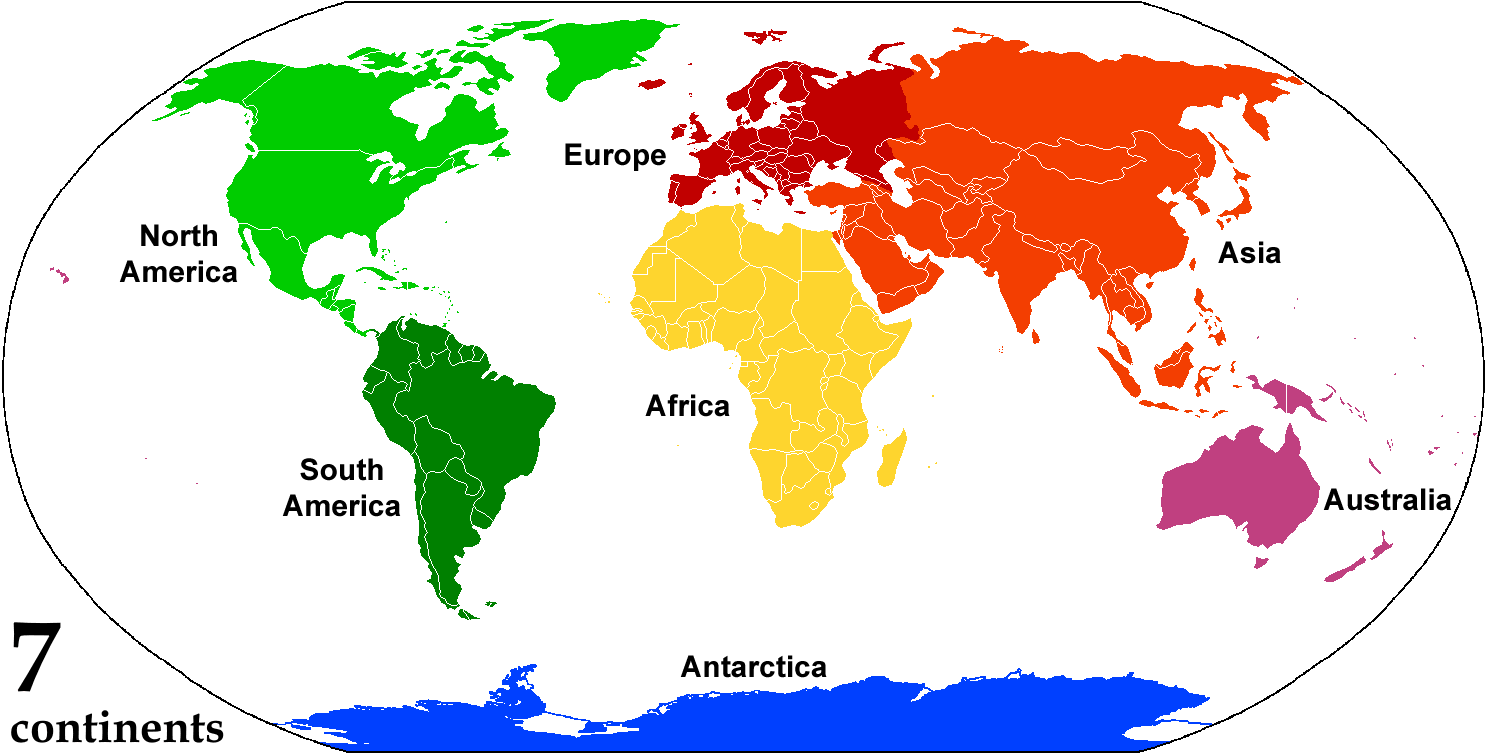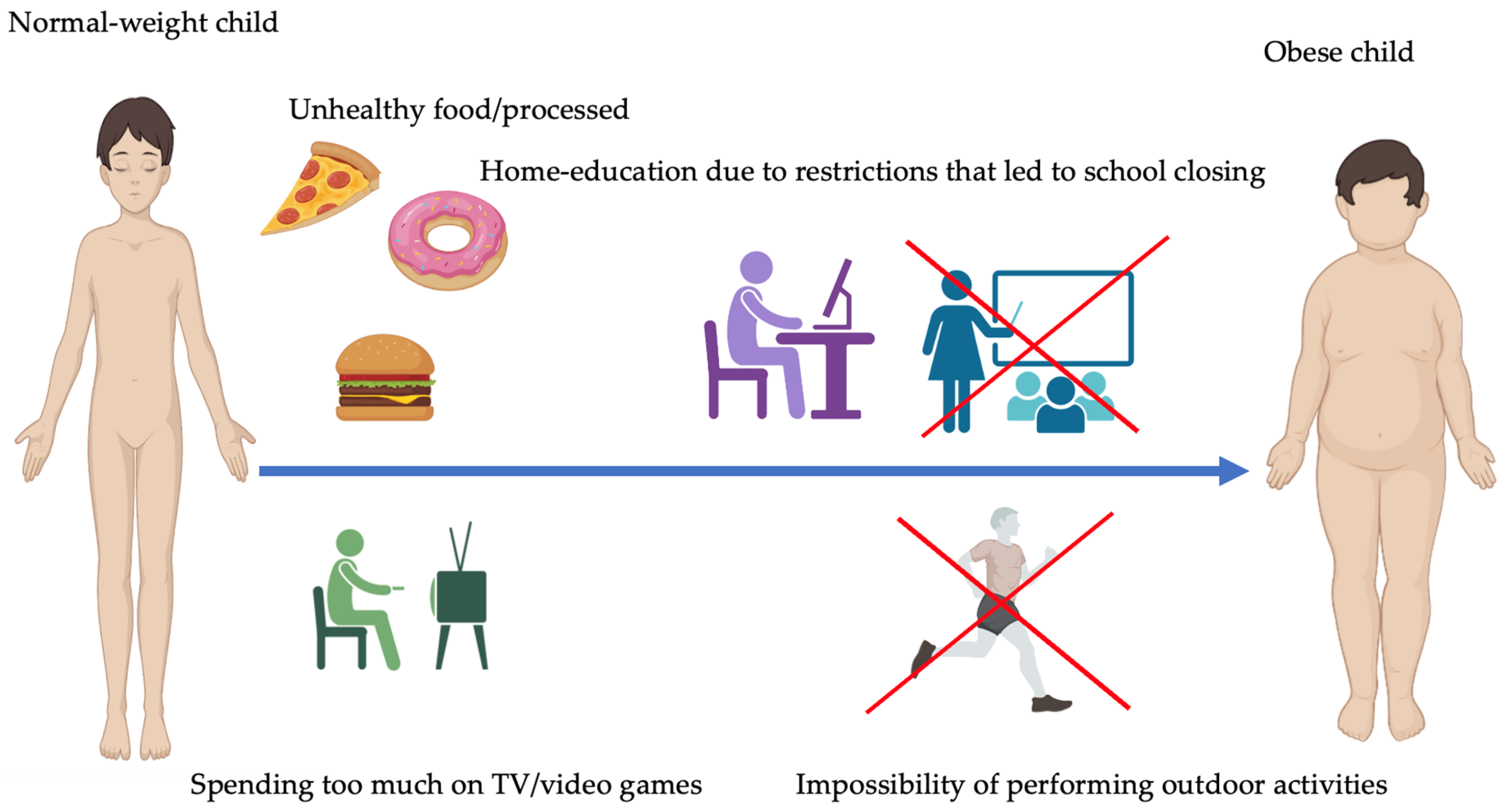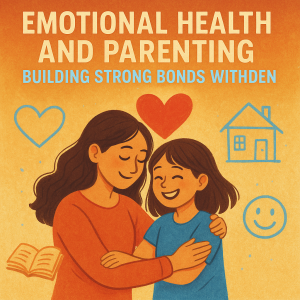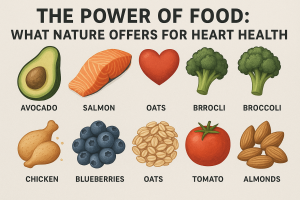Hypertension in the Youth: A New Challenge for Global Heart Health

Heart Health
The Rising Tide of Hypertension in Young People and Its Impact on Heart Health

Hypertension in the Youth: A New Challenge for Global Heart Health Recent global research reveals a growing concern: hypertension is increasingly affecting youth, turning heart health into a pressing issue for younger generations. A comprehensive meta-analysis published in JAMA Pediatrics in 2025 reports that the global prevalence of pediatric hypertension stands at 3.89% for sustained hypertension and 11.85% for occasional hypertension in children and adolescents under 19 years oldOvid. These alarming figures are amplified by a yearly increase of 7.20% in sustained cases between 2006 and 2021Ovid. Clearly, younger hearts are being burdened earlier than ever.
Why This Matters: Early Origins of Cardiovascular Risks and Long-Term Heart Health

Hypertension in youth isn’t just a temporary condition—it’s a predictor of future cardiovascular trouble. Research links childhood high blood pressure with significantly greater risk for stroke, heart attacks, heart failure, and other serious cardiovascular outcomes in adulthoodJAMA Network. Every young person affected now represents a potential heart health challenge decades down the road if we don’t address it proactively.
Global Snapshot: From Asia to Africa

Looking regionally, Asia shows striking disparities: adolescent hypertension rates range from just 0.7% in urban Bangladesh to a staggering 24.5% in urban Malaysia. East Asia leads overall with 14.25%, followed by West (14.14%), South (13.77%), Southeast (13.16%), and Central Asia (12.37%)PubMed. Moreover, urban youth bear a higher hypertension burden compared to their rural peersPubMedPMC.( Read More: Beyond High-Fructose: Why Organic Glucose Syrup is the Clean-Label Sweetener You Need).
In sub-Saharan Africa, elevated blood pressure afflicts about 7.1% of adolescents aged 10-14 and 12.8% of those aged 15-19. This trend, if left unchecked, could result in hundreds of thousands of additional cardiovascular events over the coming decadesJOGH. These insights underscore the urgent need for youth-specific heart health strategies worldwide.
Obesity and Lifestyle: Key Drivers of Youth Hypertension

Obesity emerges repeatedly as a major contributor. The JAMA Pediatrics meta-analysis noted that overweight and obese youth had rates of sustained hypertension as high as 6.79% (overweight) and 16.35% (obese), compared to just 2.57% for those of normal weightOvid. A 2024 review in Clinical Hypertension also confirms the direct link between rising childhood obesity and pediatric hypertensionBioMed Central. ( Read More: Environmental Health: The Intersection of Nature and Well-being).
In India’s Karnataka, health screenings for children aged 6 weeks to 18 years uncovered 720,000 diagnosed hypertensive cases in 2024–25The Times of India. Experts describe this as a “hidden epidemic,” driven by unhealthy diets, high salt and sugar consumption, ultra-processed food, and sedentary habitsThe Times of India.
Young Adults: Underrecognized, Underserved, Under-treated
Hypertension isn’t limited to children—it affects young adults too. In the US, between 2017 and early 2020, 5.4% of youth aged 8–19 had hypertension and 8.7% had elevated blood pressureAHJournals. Broader surveys show that among ages 18–39, hypertension prevalence reaches 22.7%Heart Health. Despite these numbers, awareness and treatment are often lacking, with a majority remaining unawareThrombosis.orgHeart Health.
In South India’s Kerala, about one in eight young adults had hypertension, with men at nearly three times higher risk than women. Awareness, treatment, and control were substantially lower, especially among younger menFrontiers. This points to a gender and age-specific gap in heart health engagement. ( Read More: Embracing Eco-Adventures: Responsible Exploration of Nature).
Guidelines, Prevention, and Early Intervention for Heart Health

Recognizing the trend, the American Heart Association (AHA) and the American College of Cardiology issued updated blood pressure guidelines for young adults—the first since 2017. These emphasize early lifestyle interventions, such as sodium reduction (target ~1,500 mg/day), DASH-style diets, exercise, stress management, and the PREVENT™ calculator to assess 10–30-year risk of heart and brain diseaseThe Times of India. Read More : Child Health: Tips and Advice for Ensuring Well-being
Conclusion-Free Inspiration to Take Action
From global meta-analyses to regional surveys, the evidence is clear: youth hypertension is a growing threat—quiet, pervasive, and potentially life-altering. But it’s also preventable. By embracing healthy diets, regular activity, early screening, and supportive policies, we can empower young hearts to thrive. Encouragingly, raising awareness, refining guidelines, and tailoring interventions to the young pave the way toward a future where heart health starts early, stays strong, and inspires lifelong vitality.





